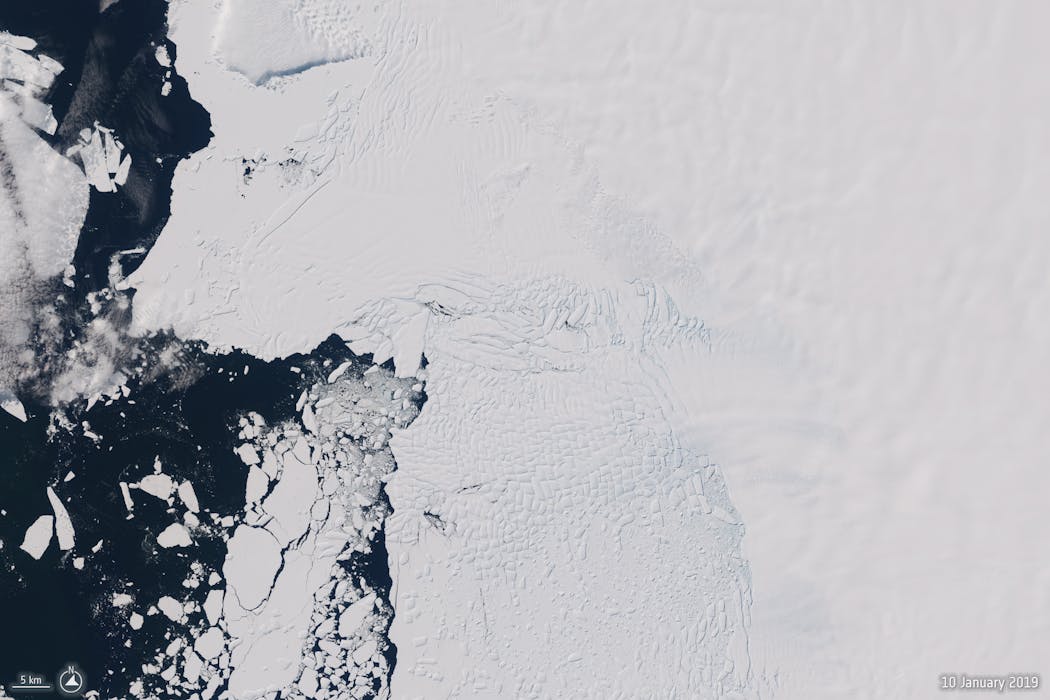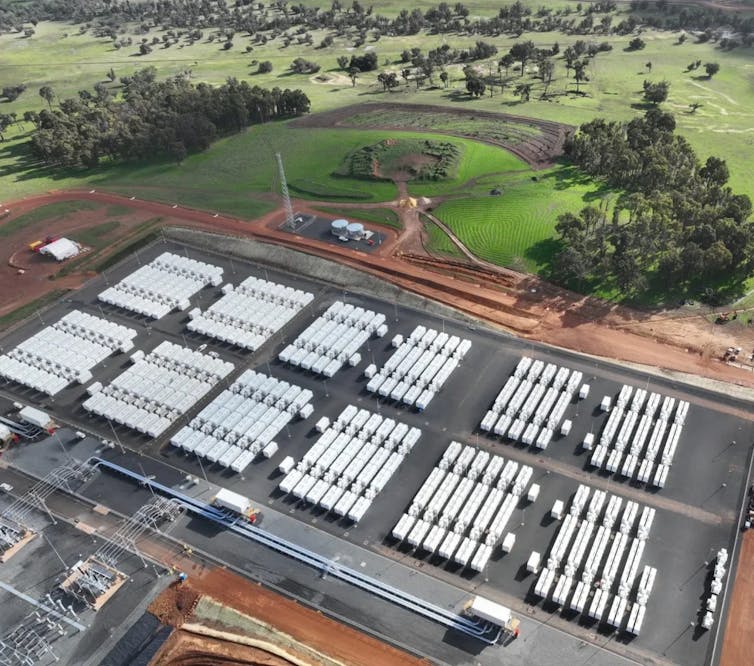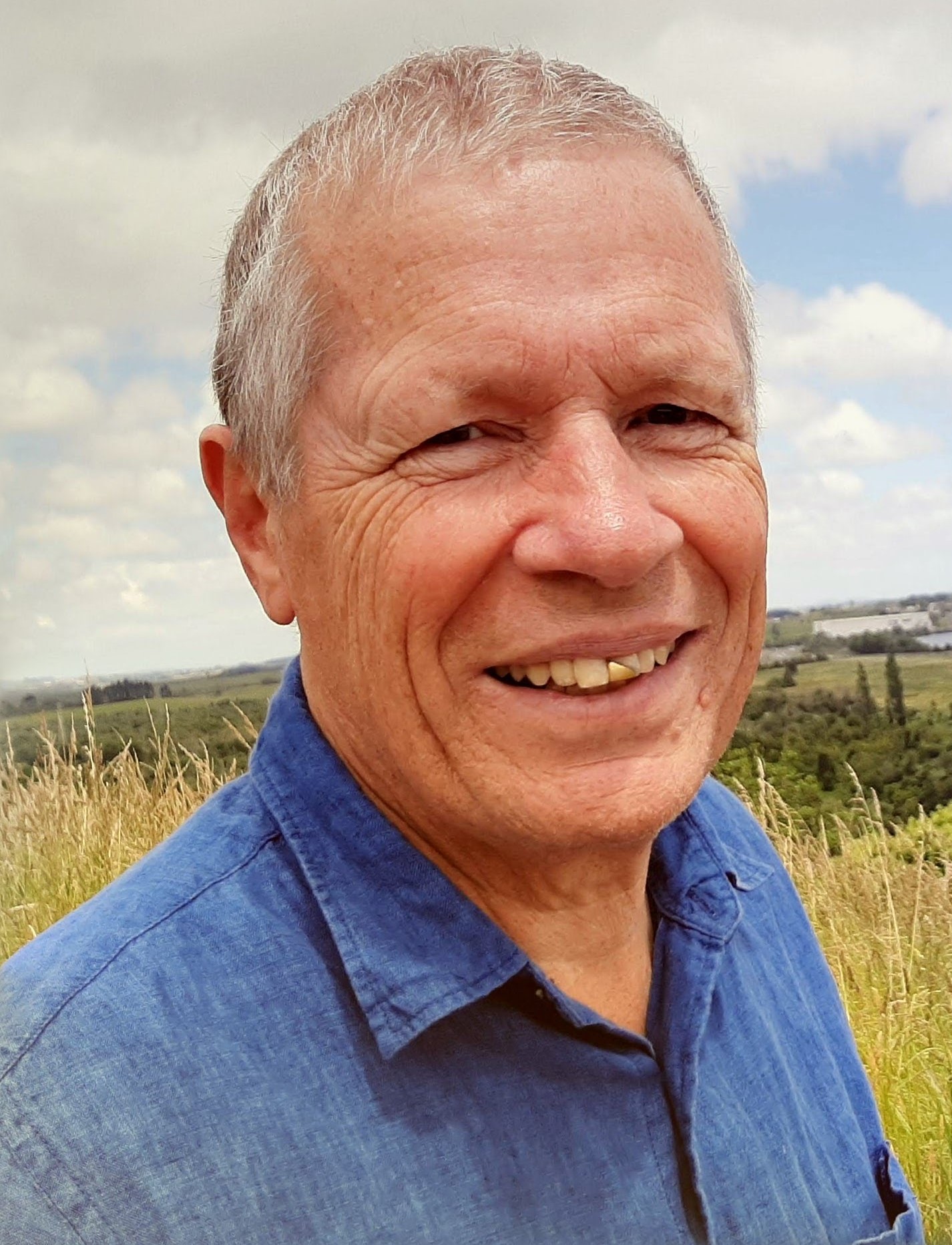Source: The Conversation (Au and NZ) – By Bill McKay, Senior Lecturer Architecture and Planning, Faculty of Engineering and Design, University of Auckland, Waipapa Taumata Rau
When the coalition government this week unveiled reforms to finally replace New Zealand’s Resource Management Act (RMA), many of us would have been glad to see the back of it.
I have encountered the frustrating complexities of this tired and unwieldy law over decades in architectural practice, as well as in various hearings at the Environment Court.
At one such hearing, a stack of paperwork beside the local MP stood taller than he did.
Even small things have become needlessly complex under the RMA. At my Auckland home, for instance, I found that building a small pergola, extending unobtrusively into my front yard, would trigger a resource consent process costing more than the pergola itself.
Now, we learn the 30-year-old RMA will make way for two new laws, due to be passed at the end of 2026 and operational by 2029. The Natural Environment Act and Planning Act will standardise zoning and national rules and make many more activities, such as my humble pergola, “permitted” and without needing resource consent.
It is clear the changes are pushing the planning system in a more permissive direction. But whether it will leave everyone equally satisfied – or, better put, equally unhappy – remains to be seen.
Why these ‘new’ reforms look familiar
As has widely been noted, aspects of the “once in a generation” reforms resemble the previous Labour government’s proposals, which also sought to break up the RMA into focused laws.
Both reforms have leaned heavily on spatial planning – guiding where development should and should not occur – and have aimed to be strategically better for cities and districts, while giving landowners, neighbours and developers more certainty.
Both governments have rightly also acknowledged that having more than 70 localised plans is excessive.
Dramatically cutting these down might prompt questions about local democracy and perhaps be seen as a form of “amalgamation by stealth”. But a reduction to 17 is broadly sensible for a nation of 5.3 million people and can also be responsive to geographical, climate and community differences.
The biggest shift from Labour’s model is its stronger emphasis on property rights, and permissive zoning and rules.
That said, the RMA was never as prohibitive as it has often been framed. It has enabled us to do almost anything, so long as we do not cause significant adverse effects and that we mitigate them if we do. But at a cost in time and money.
What is changing now is the threshold for scrutiny. Far more activities will become permitted outright, and fewer effects will be assessed. And with councils now required to compensate landowners if their rules significantly restrict development, the incentives appear obvious.
With new spending limits and a cap on rates increases, councils will not want to trigger compensation, turning the regime into a stick that nudges them towards more liberal zoning from the start.
Beware the double-edged sword
Like Labour before it, the government is selling its reforms as easier, faster and cheaper. House alterations will cost less, building work will speed up, and starting a small business will require jumping through fewer hoops.
It is true that everyday activities, such as a home extension or opening a new café, will face fewer hurdles. But the new regime can appear like a double-edged sword, depending which side of the fence you are on. We don’t like restrictions on what we can do, but we are quite keen on restricting the neighbouring development that may affect us.
The current system weighs strongly on written approvals from neighbours and, depending on the scale of development, broader consultation. If a proposal doesn’t progress past council level, it can be appealed at the Environment Court, by anyone.
This makes for a time-consuming and expensive process, and the party with the deepest pockets and most consultants usually wins. On the other hand, a more permissive system means fewer affected parties can have a say.
Then there are the broader patterns that an emphasis on property rights may encourage, such as enabling more urban sprawl. If farmers or horticultural operators on the rural fringe sell to developers, the result could be large new suburbs on land that currently feeds our cities and earns export dollars.
Is this strategically good for a town or city?
The real test: speed versus quality
With the Planning Bill and Natural Environment Bill both now out in the public domain, the devil is likely to lie within their hundreds of pages of detail. The latter bill will surely lean heavily on resource use and economic growth.
Looking at the government’s wider RMA reform programme, it appears those “faster, cheaper and easier” processes will benefit many smaller projects.
But for larger developments, the trade-offs become sharper. Speed may help the economy and government coffers, but how do we ensure quality in the built environment? In design, we often say everyone wants it good, cheap and fast – but you can only ever have two. Cheap and fast rarely equate to good.
It is also worth asking who stands to gain from this shift. The likely winners are infrastructure developers and large businesses.
The likely losers: iwi, local communities and councils, which will have less influence under stronger central direction, as well as the environment and climate action, which risk being sidelined as rules are liberalised.
Ultimately, the question remains whether these reforms tip the scales toward a small number of winners, or make – as any balanced system tends to do – everyone equally unhappy.
![]()
Bill McKay does not work for, consult, own shares in or receive funding from any company or organisation that would benefit from this article, and has disclosed no relevant affiliations beyond their academic appointment.
– ref. Faster, cheaper … but better? The devil in the resource management reform detail – https://theconversation.com/faster-cheaper-but-better-the-devil-in-the-resource-management-reform-detail-271839

















